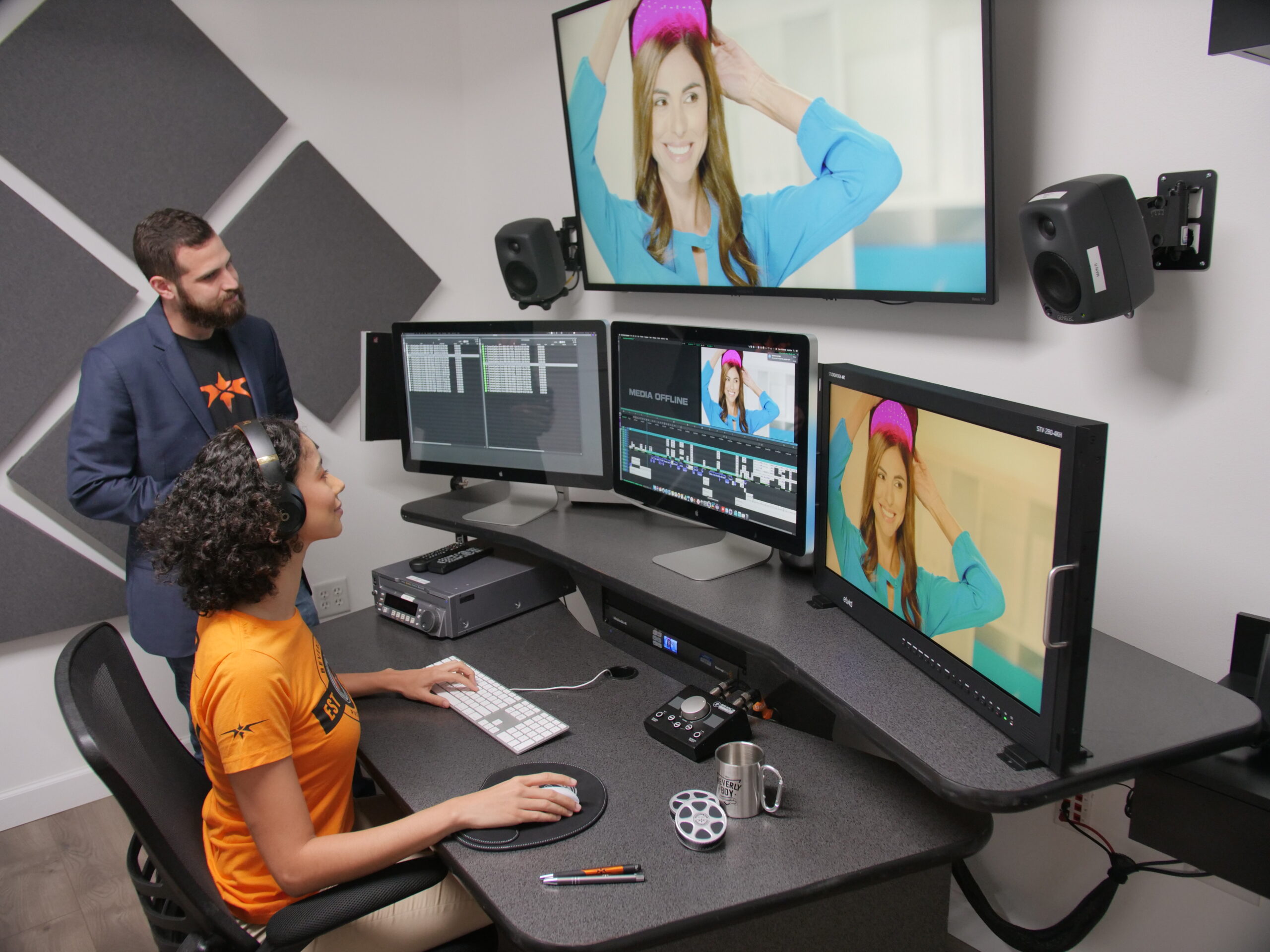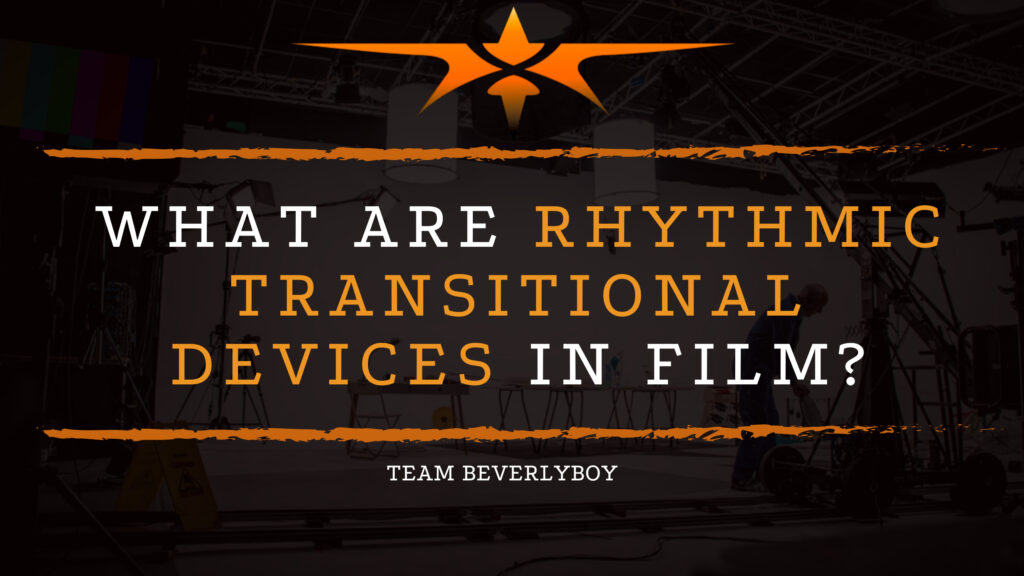What are Rhythmic Transitional Devices in Film?
Transitions represent a unique part of the filmmaking process that can drive the rhythm and pace of a film. In fact, the use of film transitions and various devices to drive the film’s pace representing rhythmic editing, is incredibly common and important. But, what are rhythmic transitional devices in film and how do they work to achieve control of a film’s pacing?

In order to best understand how rhythmic transitional devices in film work, we must first address rhythmic editing and transitional devices individually.
Thus, rhythmic editing represents editing a shots function to control the pacing of a film. Using longer shots to create a slower tempo or rhythm and shorter shots to produce a faster tempo.
Transitional devices, on the other hand, represent various post-production processes of film editing that involve modification of combination between shots or scenes.
The use of transitions represents a means of conveying a particular tone or mood. But will also come into play in rhythmic editing to control the pacing of the film.
WHAT ARE RHYTHMIC TRANSITIONAL DEVICES IN FILM?
So, you know that rhythmic editing represents a focus on the shot duration. To control the pacing of a film and you know that transitional devices in film represent the post-production editing processes that involve the combination of shots or scenes.
But what are rhythmic transitional devices in film and how are they used?
Rhythmic transitional devices in film represent the use of various transitions to control the pace of the film.
There are many different transitional devices for use in post-production. But not all of them represent rhythmic transitions that result in a control over the pacing of the film.
EXAMPLES OF RHYTHMIC TRANSITIONAL DEVICES IN FILM
Various types of rhythmic transitional devices are present in filmmaking. The Causura represents one form of transitional device that can be used in the diversification of rhythmical progress of the film.
This transition represents a rhythmical break. Which provides contrast to the otherwise intense collision of shots that are typical for a montage sequence.
The Causura generally slows the pacing. Even for a very brief moment. Following a montage in a fight scene or similar action sequence.
EXAMPLES
Straight cuts are also used to create rhythm in film pacing. These rhythmic transitional devices in film represent the transition from one shot to another to convey the sense of immediacy but they are often jarring and may be confusing to the audience.
Jump cuts represent another rhythmic transitional device used in filmmaking. Jump cuts involve transitional between shots where visual information hasn’t changed much. The use of jump cuts can draw attention and may be used to pick up the pacing of the film.
Finally, dissolves represent another means of rhythmic transitional devices that are used in film. Dissolves create a smooth transition of two shots which appear to overlap one another and can be used to evoke a passage of time, thus adjusting the pacing of the film.
OVERALL
As you can see, in answering the question, “What are rhythmic transitional devices in film?” the simplest answer is that rhythmic transitional devices represent the use of various transitions including straight cuts, jump cuts, dissolves and other means to control the pacing of the film in post-production editing.


